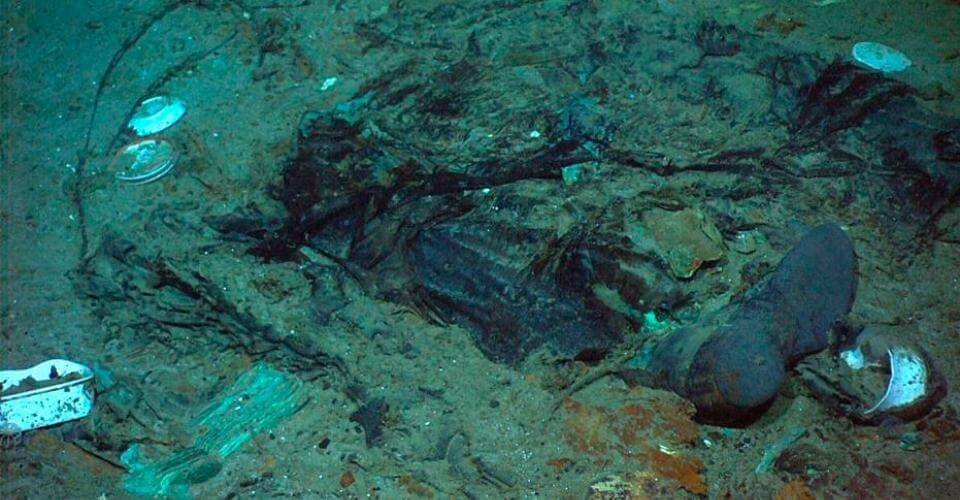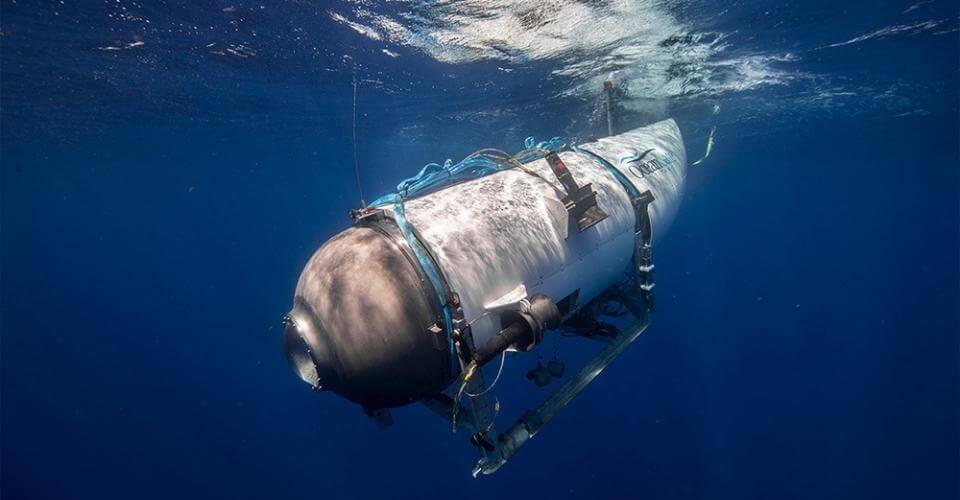The Titan Submersible began its expedition to explore the sunken wreckage of the Titanic on Sunday, June 18. However, a mere 1 hour and 45 minutes later, the submersible lost all communications with its surface vessel.
It even failed to return to the surface during its scheduled time. The next day, US and Canadian rescue forces swarm the sea, and even sonar buoys are employed. However, the 96-hour air supply deadline of the vessel was approaching swiftly.
On Thursday, a chilling discovery brought the search teams to a standstill. In the early hours of June 22, remains of the Titan were spotted by a crewless vehicle. The debris is from the external body of the missing vessel.
Later on the same day, the US Coast Guard stated that the five crew members aboard the Titan were most probably killed after the vessel imploded.
Every individual wo was looking forward to exploration of the legendary Titanic wreckage was left shocked by the news. The loss of the curious adventurers has left a significant impact on the community of oceanic explorers.
Simultaneously, a volley of questions has arisen in people’s minds regarding the implosion. So we are here to tell you all we know about the tragedy that hit the Titan.
Which Pieces of Titan Were Found and Where?
So far, the debris field found during the search for the missing Titan submersible consists of five major pieces. These fragments have been confirmed to belong to the Titan’s tail cone and two sections of the pressure hull.
The wreckage was discovered around 1600 feet from the Titanic’s bow and more than two miles beneath the surface in the North Atlantic area. The implosion point of the submersible has yet to be pinpointed.
Despite sonar buoys being active in the area for the past two to three days, no implosion sound had been detected.
In fact, on Tuesday, Canadian Lockheed P-3 Orion aircraft detected banging sounds at 30-minute intervals, which was considered to be the passengers’ effort at communication. However, officials later confirmed that the origins of the noises were uncertain.
What Happens to Human Body in Submarine Implosion?

During a submarine implosion, the immense water pressure causes the air-filled spaces in the body to collapse. The rapid changes in pressure can lead to decompression sickness or even the possibility of nitrogen narcosis, hypothermia, and oxygen toxicity.
In the case of the Titan, it had the capability to dive four kilometers in accordance with the depth of the sunken Titanic wreckage. If the submersible imploded at such a depth, then the result is fatal.
As the implosion occurs, the temperature inside the vessel rises, causing the crew severe burns. The traumatic injury from the implosion will also cause instantaneous death. The violent nature of the implosion makes it impossible for anyone to survive.
Did They Find Bodies from the Titan Implosion?
All the five crew members of the Titan submersible are believed to be dead, considering the violent nature of a submarine implosion and the debris of the Titan proving so. However, human remains have not been found as of yet.
The five men aboard the Titan were Hamish Harding, a British businessman; Shahzada Dawood, a Pakistani investor and his son, Suleman; a French diver Paul Henri Nargeolet and the CEO of OceanGate, Stockton Rush.
Given the crushing implosion at a great depth, the bodies of the crew might never be discovered. Human bodies left at such depths decompose slower due to cold temperatures and lack of oxygen. Sea Creatures are likely to feed on the remains, and the sediments on the ocean floor would bury any leftovers.
Is Implosion Death Quick?
Submarine implosion happens in microseconds, which leads to the vessel flattening itself to become a fraction of its size, followed by an extreme rise in temperature. The process happens so fast that the death of the crew members inside would be too fast to register any pain.
A submarine implosion also expels a massive amount of energy which could harm the marine life around it. The debris of the vessel can also cause long-lasting harm to the environment. No amount of protective gear can increase the chances of survival in case of an implosion.
What Does Underwater Implosion Look Like?
An underwater submarine implosion occurs when the external pressure exceeds the vessel’s ability to operate underwater. The structure can no longer handle the pressure, leading to the vessel rapidly collapsing onto itself.
An implosion is vastly different from an explosion. An explosion occurs when something “bursts out” due to too much pressure inside. However, an implosion occurs when the pressure outside causes an object to collapse inward.
The only way to prevent an implosion is by adhering to the vessel’s operational parameters, especially its depth limit.
Since sonar buoys could not detect an implosion in the past two or three days, it is assumed that the tragedy happened in the early hours of its dive. As communications were cut off within two hours of its dive, many consider the implosion to have occurred during that time.
What other questions do you have that we may still need to cover? Let us know what still eludes you about the tragic fate of the Titan in the comments.

